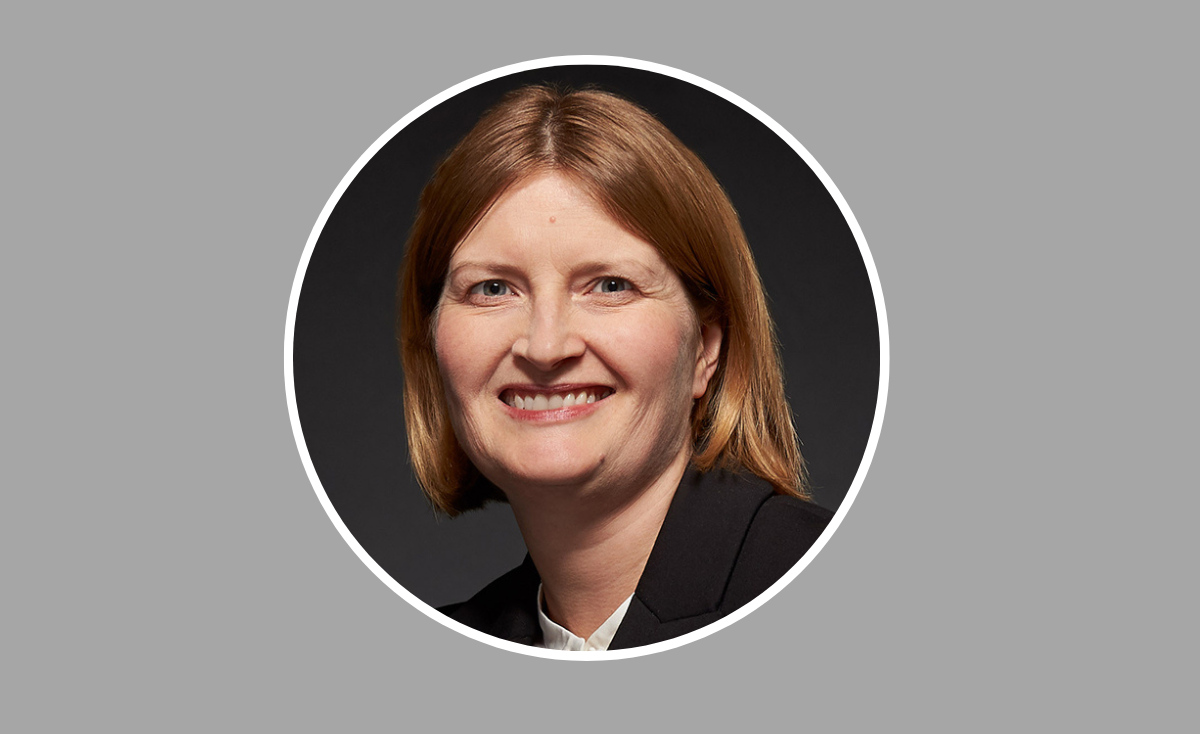 Martha Fee, Chief Operating Officer, Northern Trust.
Martha Fee, Chief Operating Officer, Northern Trust.
Trial and error in digitisation
Making sure a company’s staff are onboard with the culture the senior team want to instil in the company and then sending this out through actions – particularly with clients – is no easy task and requires a strategy. This was the view of Martha Fee, Chief Operating Officer, Northern Trust, who emphasised that new ways of embracing tech needed to be embedded at the back and middle office sphere begore being rolled out.
Fee’s comments featured in a recent Clear Path Analysis report, “Evolving client reporting to drive growth”, written in collaboration with Instinct Digital, which included several industry leaders in the digital and data sphere of operations for fund operators – including representatives from Fiera Real Estate and Walter Scott & Partners – discussing the trends they saw around methods to optimise the client reporting process, especially for incorporating digitisation and changing culture.
Panellists were asked how they coped with the demands of changing technology and what the challenges and opportunities were. Especially in terms of differing technological standards and data availability for different client and what was required of them.
"We are spending less time on data integrity issues and more time manipulating, consuming, and packaging the data up to clients.”
“It comes down to how we have been embarking on a modernisation journey of our architecture,” said Fee. “We are spending less time on data integrity issues and more time manipulating, consuming, and packaging the data up to clients.”
Fee said that no two clients are the same, and that she spent a lot of her time speaking with client-facing partners to design client portals and other similar programs in the most efficient way possible. “The question is how do you drive induction of the client portal once it has been created,” she said. “In terms of clients’ needs and what they want to use their information for, slicing and dicing that is a challenge.”
She added that senior operating team members need to be comfortable standing up and incubating the idea. “If it is not working, [they need to] be comfortable pulling back from that and trying a new and innovative solution.”
This process of sometimes pulling back or going further on development, she explained, doesn’t have to be something that is fixed or part of a definitive plan. “With the use cases that had been tried in relation to data and standing up something, incubating it, seeing what works and doesn’t work and then taking the nuggets that work and applying them to other ways to approach solving the data needs,” she said, was the key. Learning was as important as delivery as they sought to figure out what they should offer long-term.
“We have done that a lot more in recent years,” said Fee about this process of learning. “Perhaps ten years ago we would have started at the beginning and followed all of the steps, whereas now we are a lot more comfortable flexing and pivoting around these solutions and needs.”
Drivers for change
The participants agreed that culture was an important driver for how fund operators deliver transparency for clients and certain companies - at the end of every month or every quarter – find client reporting a drain on resources due to the time spent on pulling information from different systems and teams.
All agreed that this was an important part of the learning process and figuring out what to offer and where to streamline as the industry continued to move.
The panel were asked that it is client reporting time again to change this and get away from this mindset and galvanise teams into finding this a rewarding process that has benefits.
“[Client reporting] often uses labour-intensive manual processes to deliver a product that is bespoke and has a range of data sources.”
Client reporting has long been a pain pint for many companies. A 2020 Alpha Consulting report said “[Client reporting] often uses labour-intensive manual processes to deliver a product that is bespoke and has a range of data sources, but also often lacks clarity and is operationally complex. As a result, these reports can fail to help managers differentiate against peers to their end client.” This means that the area is ripe for change so as not to be a drain on resources.
Fee said that they tried to do this by using it as part of their strategic priorities, which was around data and digitalisation strategies. “This is a core tenet that infiltrates its way throughout the organisation,” she said. “The steps that we have made to simplify our architecture - and to be comfortable moving towards more of a modern, client-based architecture that is the golden source of data and information is key.”
She added that being able to get it right the first time and having use cases coming off of that data has been an integral part of “moving the dial” in getting the culture behind it.
However, doing so is not easy for most companies – consultants The Wealth Mosaic says that “Going beyond simply churning out spreadsheets of data points [for client reporting] requires reporting solutions that can pull together disparate information from different systems to provide a single consolidated source of investment truth, which is more complicated.” For a lot of fund operators it’s a protracted process.
“All of these teams need to be stakeholders, at the table, and part of your committee that is supporting the execution of that strategy."
Fees’ points showcased why this can be but also showed how it can be an integral part of development for the company, especially if senior teams want it to succeed.
“This [change] requires executive buy in across all levels: it is not just the Chief Operating Officer but the client facing teams, marketing, digital, and data,” she said. “All of these teams need to be stakeholders, at the table, and part of your committee that is supporting the execution of that strategy. This is key.”
To see more of Fee’s comments, and read the report in full, please click here.
Please Sign In or Register to leave a Comment.
SUBSCRIBE
Get the recent popular stories straight into your inbox







